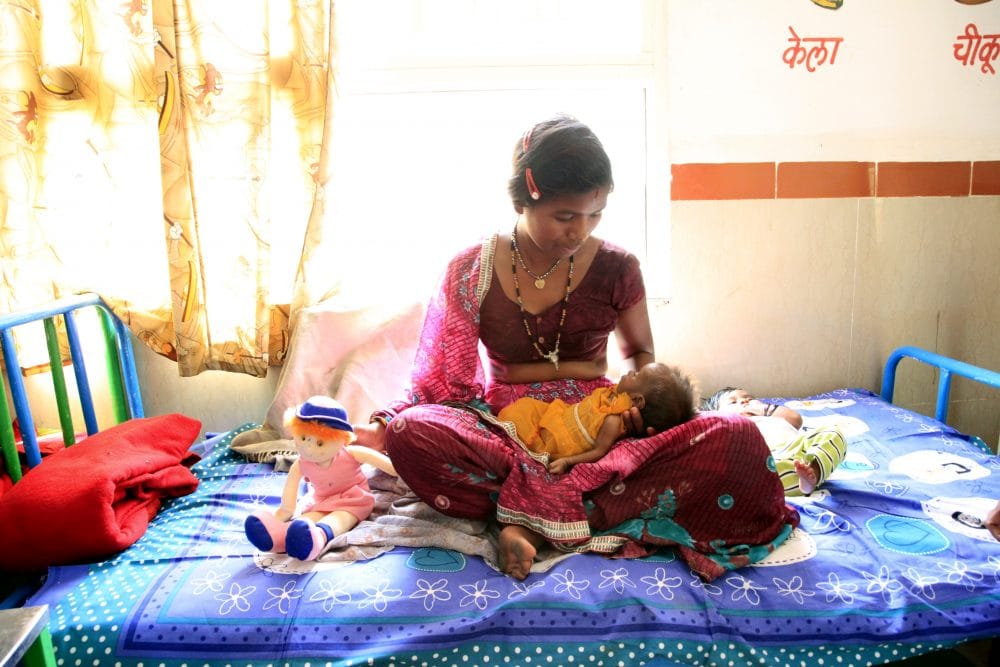
The study, which “assessed coverage, coverage change and inequity for eight maternal and newborn health care indicators in parts of rural Nigeria, Ethiopia and India”, frames progress made against the Sustainable Development Goals (SDGs). These targets include the targets of “[reducing] the global maternal mortality ratio to less than seventy per 100,000 live births” and “[ending] preventable deaths of newborns and children under five years of age.” Infant and maternal health indicators measured by the CMAJ study included antenatal and postnatal care, births in healthcare facilities, hygienic umbilical cord care, and breastfeeding initiation.
Researchers noted that “faster progress is needed in many countries to meet the Sustainable Development Goals for improved survival”, especially concerning infant and maternal health. Community-level interventions aimed at improving infant and maternal health were analysed by the research, those in question being “designed to improve survival, to reach the poor, to be feasible for large-scale implementation and to support government priorities.”

“In 2016, the maternal mortality ratio in [Uttar Pradesh] was estimated at 201 per 100,000 population and the neonatal mortality rate at 35 per 1,000 population,” the study notes. Assessing six districts of the state, the study found improvements in two key infant and maternal health indicators between 2012 and 2015. “By 2015,” the study reported, “coverage for two of the access-to-care indicators had improved. Facility delivery increased from 76 percent…in 2012 to 81 percent…in 2015, reaching eighty percent even among the poorest group of women. In addition, postnatal care for the mother increased from 54 percent…to 63 percent.”
However, more needs to be done. “More women in Ethiopia and Uttar Pradesh had access to maternity care in 2015 than in 2012”, the study said, but “coverage for early postnatal care remained low, despite strong government commitment to and intense non-government [efforts] for community-based programming.” As such, the authors recommend “improving outcomes for mothers and newborns requires not only structural changes in the provision of care, but also behaviour change by individuals, communities and health care providers.”
In conclusion, the study argues “universal health coverage requires that countries strategise to reach the most vulnerable members of the population, who experience the worst health outcomes. In our study…we found that the poorest families benefited in equal measure to the least poor families, for eight maternal and newborn health care indicators, but without immediate redress of socioeconomic inequities in health care. To ensure that no one is left behind, specific efforts are needed to close these coverage gaps.”

Healthcare inequality is a major issue within India. There exist vast disparities between Indian states at different levels of socioeconomic development on their performance on healthcare, with the gains made on health indicators by the country as a whole far from dispersed evenly between the nation’s states and union territories. This is manifest in infant and maternal health.
“Our findings have both an optimistic and a pessimistic interpretation,” said study researcher Tanya Merchant of the London School of Hygiene and Tropical Medicine, “in that families from all socioeconomic status groups benefited, but inequities have also persisted.”
In the case of child mortality, India is one of just five countries accounting for fifty percent of child deaths under the age of five, together with the Democratic Republic of the Congo, Ethiopia, Nigeria, and Pakistan. India and Nigeria collectively account for one-third of these deaths.

“882,000 children under five and 143,000 children between the ages of five and fifteen died in 2018, whilst 549,000 mothers died due to complications during pregnancy and childbirth. No matter the reduction, it is clear that child and maternal mortality is still a public health challenge necessitating a robust response.”
The CMAJ study serves as a case in point, reminding the public health community that progress is both attainable and necessary. The challenges and inequities facing Indian healthcare translate into the deaths of thousands of mothers and infants. A concerted, robust effort is vital to address this situation.
The study “Coverage and equity of maternal and newborn health care in rural Nigeria, Ethiopia and India” can be accessed here.

